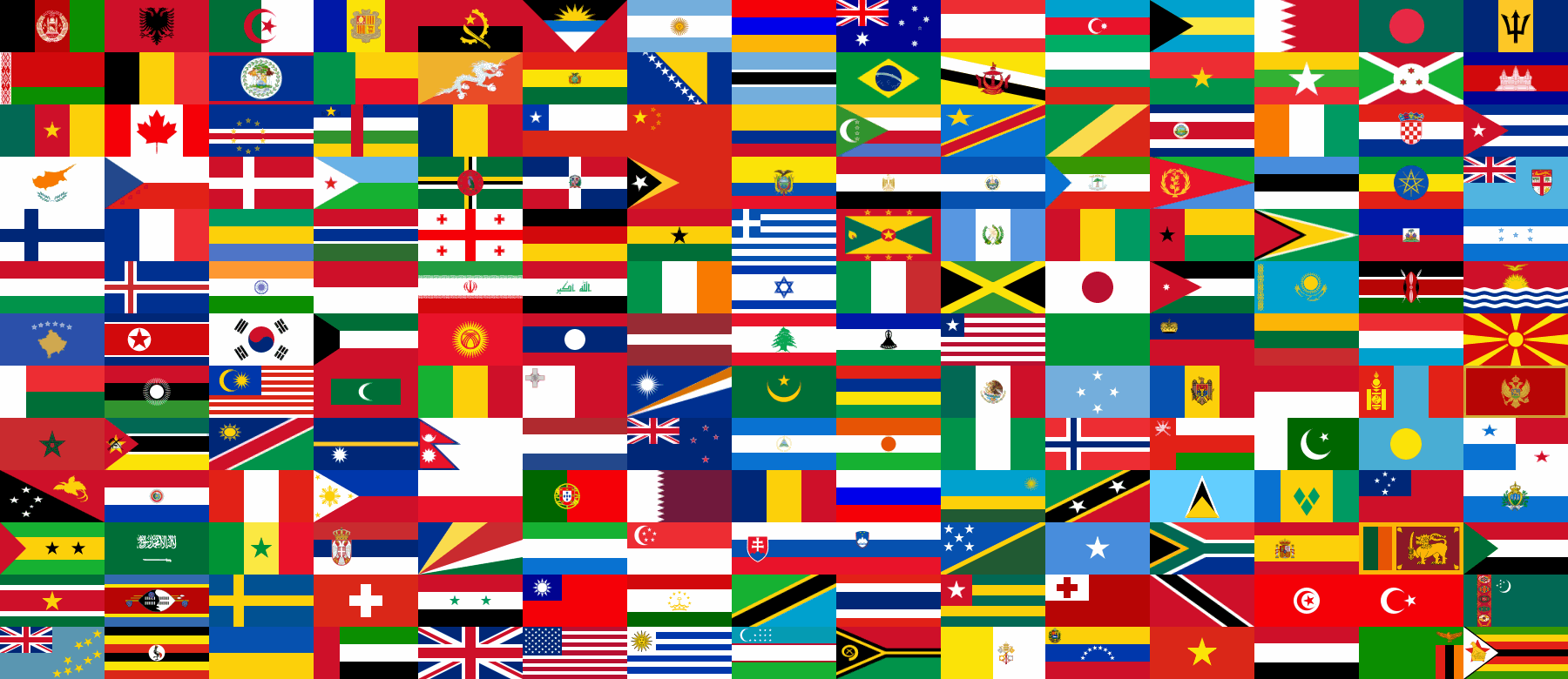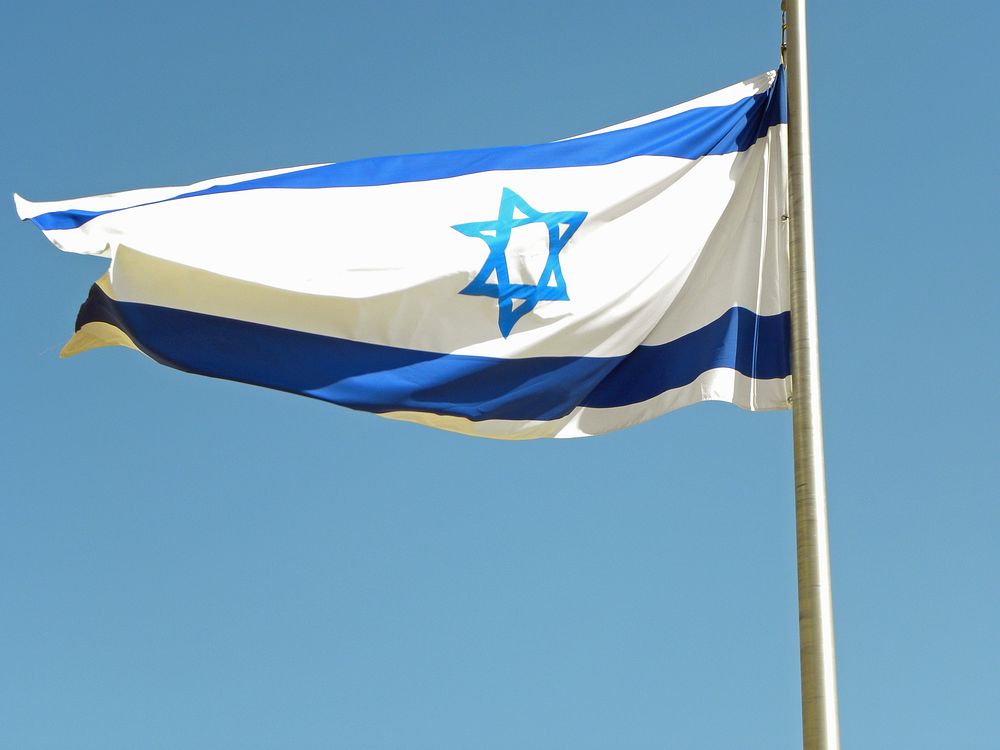Coping with Corona – Part II
| To hear and see Rabbi Weinblatt’s sermon, on YouTube, click here: To read the sermon, see below: Yesterday’s sermon ended with a cliffhanger. (Ok, maybe not quite as dramatic as an episode of Fauda or Ozark, but by rabbinic standards, it was a cliffhanger.) I concluded by saying that the people of ancient Israel did not heed the warnings of the prophets who predicted the impending destruction of Jerusalem as a punishment for their departure from the ways of Torah. Since they ignored the admonitions, and did not mend their ways, God destroyed the First Temple as a means of conveying his displeasure, which logically leads to the question with which I concluded yesterday: “Is it possible, as some have suggested, that this terrible pandemic striking the entire world, is God’s way of sending us a message? If so, what could that message be?” It’s natural to raise this question since it is human nature to put events into a framework that helps us comprehend, and thereby cope with the inexplicable. The Bible explains many acts of nature as expressions of God’s disapproval of how the people were acting. A plague struck Korah and his followers after Korah led an unsuccessful rebellion against the leadership of Moses and Aaron, and stopped only after Aaron burned incense to assuage God’s wrath. While some may view this as resembling primitive, magical superstitious incantations of ancient pagan religions, which attributed acts of nature to the whims of the gods, the Torah rejected this approach. The Torah introduced the radical notion that God cares about how we act, and that is why the flood occurred. The story of Noah, for example, departed from all other surrounding ancient civilizations’ flood stories because rather than view things as the result of capricious acts taken by gods created in their image, the Torah presents the flood as coming from the God who created humans in His image; a God who demands that the creatures He created live by a code of morality. In addition to perceiving acts of nature as being a punishment from God, the Torah also considered what practical steps were to be taken when faced with a catastrophe. As a result, when one was stricken with the skin disease tzara’at, thought to be leprosy, the Book of Leviticus required that a purification ritual involving extensive and thorough washing be performed to purge the disease. The sacramental practices were supplemented by sound medical procedures stipulating that those who contracted it be quarantined in isolation outside of the camp, for 14 days before being allowed to return to the community. While the Torah instituted both practical measures to limit the exposure of others to those who had contracted the disease, and ritual rites performed by the kohanim, several centuries later, the rabbis added another layer to understand what caused the malady. Using exegetical analysis they taught that the mysterious disease was sent by God for the sin of lashon hara, speaking gossip or ill of others, thereby exemplifying what I call Judaism’s three-fold approach when confronted with life-threatening situations. We can see that throughout the ages the Jewish response to calamity and disease has combined a practical approach, taking the steps required by science and medicine, accompanied by prayers and rituals, with a third element – critical self-examination of the moral failings the people are guilty of that may have led to God expressing His disapproval. One rabbi in the Talmud put it this way — when one is suffering from an illness they should lefasfes beceeso, look in their pockets, meaning to think about how they may be falling short of what God expects and demands of us. In the time of Rabbi Akiba a mysterious, inexplicable plague struck and killed 24,000 of his disciples over a period of several months. The Gemara explains that it befell the students because they did not have kavod (honor or respect) for one another. And in a similar vein, the Destruction of the Second Temple was explained as being caused by a moral shortcoming, the sin of sinat hinam, senseless internecine hatred. Yet some of our sages took the practical approach consistent with medical practice to thwart the spread of disease. During a period when an infectious disease called ra’atan was spreading, Rabbi Yochanan proclaimed, “Be careful of the flies found on those afflicted with ra’atan, as they are carriers of the disease.” We are told that Rabbi Zeira would not sit in a spot where the wind blew from the direction of someone afflicted with ra’atan, that Rabbi Elazar would not enter the tent of one afflicted with ra’atan, andthat two other rabbis, Rabbi Ami and Rabbi Asi would not eat eggs from an alley in which someone afflicted with ra’atan lived. All good advice, especially the one about avoiding rotten eggs. And there were those who sought the answer to why they were suffering by turning to prayer. Rava, one of the rabbis in the time of the Talmud, told visitors on the first day of his illness, “Do not reveal to anyone that I am sick.” Upon further consideration, he changed his mind and said, “Go and tell everyone in the market… so that those who care about me will ask for mercy on my behalf.” (Nedarim 40a) As a result, according to the teachings of the Mishnah and other rabbinical writings, when an epidemic struck a community, its Jewish residents would assemble for communal prayer and fasting. At the same time that they imposed measures of abstention and pleaded for God’s forgiveness and mercy, they also encouraged everyone to undertake a din veheshbon to examine their actions and reflect on their deeds — which is what the High Holidays are all about. This is the time of year when we are each called upon to make an accounting of our souls, to think about the course and direction of how we live our lives, and to reflect on how what we do has an impact on others, and on our world. It may be even more important to engage in this introspection this year than ever before. In certain respects, all three of these responses stem from the imperative to preserve life, pikuah nefesh, for Judaism demands that we do whatever we can to save a life and mandates that it overrides all other considerations. As the Bible states, “V’elu mitzvotai, ve’hai bahem: These are my mitzvot, my commandments – so that you may live by them!” So, like the prophets and rabbis of old, we seek to understand, and ask: what is God trying to tell us with this terrible pandemic? It is hard enough to read people’s minds and know what they are thinking, (although my wife has an uncanny ability to know what others are thinking), much less to read God’s mind. It is especially difficult to do so in our day, when we do not have prophets who can deliver and explain God’s motivations and intentions to us. Rather than being the dispenser of cryptic messages in the form of a pandemic which we are then left to decipher and figure out what it means, I believe that in a post-Biblical world God gives us the encouragement and faith to carry on, the command to help others. My skepticism does not diminish my emunah, my belief in God, nor in my accepting traditional interpretations and understanding of Biblical passages, but it also doesn’t mean that we cannot and should not try to learn and grow from the experience. How Judaism confronts severe hardships and pandemics is characterized by a concept central to this time of year — fight what ails us with all the means at our disposal, but do not blame others. Look inwards. I am reminded of the joke about the three Jews lined up and about to be shot by a firing squad in tsarist Russia. They are asked if they have any last requests before they are to be killed. The first guy shakes his head and says no. The second guy also declines, but the third one asks for a cigarette. And the Jew next to him whispers to him, “Be quiet. Why are you making trouble?” Because of our tendency to look within, and not cast blame on others for the misfortunes that befall us, because we do not play the part of victim, we have found ways to respond to adversity. The prophets who predicted the people were responsible for the destruction of the Temple also reassured the very same people that what had been destroyed could and would be rebuilt. Rabbi Jonathan Sacks points out that the Jewish response throughout the ages to tragedy can be summed up in one word: Resilience. Resilience and tenacity in the face of adversity is the story of the Jewish people throughout the ages. One of the greatest gifts we have bequeathed to the world is that where others despair, we dare to hope. We maintain hope in the future, that we can correct the error of our ways, that we can change, and that we are captains of our fate. We have the audacity to dream that the world can be better, and that we have the ability to make that happen. And that is part of what Rosh HaShana is all about. The existential meaning of the words understood by all, even the non-Hebrew speaking among us: B’shana ha’ba’ah b”Yerushalayim, next year in Jerusalem is: This year we may be in exile. This year we may be enslaved. This year we may be suffering, isolated, lonley and in pain, but do not dare to give up hope. Do not succumb to the pessimism of fear or despair. Do not think that what afflicts us today is permanent – think of the hope that sustains us — l’shana ha’ba’ah – next year. Abraham, the primary figure in the Torah readings on both days of Rosh Hashana has faith, faith in God. Emunah, faithfulness entails trust as well as trustworthiness and loyalty. Abraham’s faith is the kind of loyalty and trust, which engenders and fosters perseverance and determination. In the beginning of the pandemic I thought a lot about Noah. I’m not even sure why. Perhaps it was because Noah was a survivor of the world’s first great catastrophe, or perhaps I was attracted to the imagery of the entire world being in the same boat. In one of my fireside chats I told the story about the leaders of the three great monotheistic religions being summoned to heaven because God had decided the world was beyond salvation. He had decided to destroy the world because He had come to the conclusion that violence, corruption and evil was so pervasive that there was no hope that despite all his warnings earth’s population would change. The Pope addressed the world by satellite and informed people of the world’s impending destruction in three days. He told his audience that they had three days to prepare for the next world, and so before they meet their Maker they should all convert and accept Jesus. The ayatollah broadcast his message to the world and urged everyone to use the three days to prepare for the doom about to befall them by accepting Allah as the one true God. And then the Chief Rabbi went on international television and said to the world, “We have three days to learn how to live under water.” The story speaks to our practical streak and perspective on life. The rabbis make a big deal as to why we are descendants of Abraham and not Noah. The usual explanation is that Noah did not speak out and protest the injustice of God’s decision to destroy the world, in contrast to Abraham, who spoke up on behalf of the innocent people of Sodom and Gomorah. But I would suggest a different reason. Not because of what happened before the flood, but because of what happened after the flood. We often do not speak of what happened after the flood waters receded, when Noah came out of the ark. He became a tiller of vineyards. Some speculate that he may have suffered from post-traumatic syndrome and could not deal with a world devoid of his friends, of all that he knew, but he ultimately became a degenerate, a drunk. He did not rebound from the tragedy. He did not rebuild – and that is why we are not B’nei Noah. Earlier I told you about the plague that wiped out Rabbi Akiba’s students. The Talmud says that the world remained desolate [of Torah] for some time. But eventually Rabbi Akiva went and settled in the south where he found Rabbi Meir, and others whom he taught, and who in turn, revived and spread the teachings they learned. Because Rabbi Akiva did not despair, and did not give up, some of the greatest rabbis of the Tannaitic era, including Rabbi Shimon bar Yochai and Rabbi Meir, were among those who studied with him, thereby ensuring the continuity of our faith. The mystical text of the Zohar teaches that we can learn from our experiences. In fact, it says, “A soul learns more from suffering than from rejoicing.” (Zohar iv 232b) So, what can we learn from this terrible pandemic? What lessons are there for us as we prepare to live in what is referred to as “the new normal?” To find out the answers to these questions, I invite you to come back on Yom Kippur morning, for the exciting conclusion, of my message for this High Holiday season. Rabbi Stuart Weinblatt Congregation B’nai Tzedek Potomac, MD Rosh HaShana, Day II September 20, 2020 |




